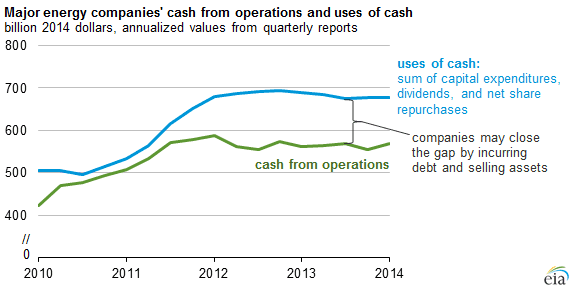Old Rocks
Diamond Member
Key Figures
Looks like our President bet on the right horse, after all. How does it feel to have egg all over your face for you people that stated solar would never work?
- The U.S. installed 1,306 MWdc of solar PV in Q1 2015, marking the sixth consecutive quarter in which the U.S. added more than 1 GWdc of PV installations.
- Through Q1 2015, nearly one-fourth of cumulative residential solar installations have now come on-line without any state incentive.
- The residential and utility PV market segments each added more capacity than the natural gas industry brought on-line in Q1 2015.
- Collectively, more than 51% of all new electric generating capacity in the U.S. came from solar in Q1 2015.
- Of the 68 MWdc of community solar installations to date, more than one-third of that total has come on-line since 2014.
- More than 5 GWdc of centralized PV has now been procured by utilities based on solar’s economic competitiveness with fossil-fuel alternatives.
- We forecast that PV installations will reach 7.9 GWdc in 2015, up 27% over 2014. Growth will occur in all segments, but will be most rapid in the residential market.
- 2014 was the largest year ever for concentrating solar power, with 767 MWac brought on-line. The next notable CSP project slated for completion is SolarReserve’s 110 MWac Crescent Dunes, which entered the commissioning phase in 2014 and is expected to become fully operational before the end of 2015.
Looks like our President bet on the right horse, after all. How does it feel to have egg all over your face for you people that stated solar would never work?








